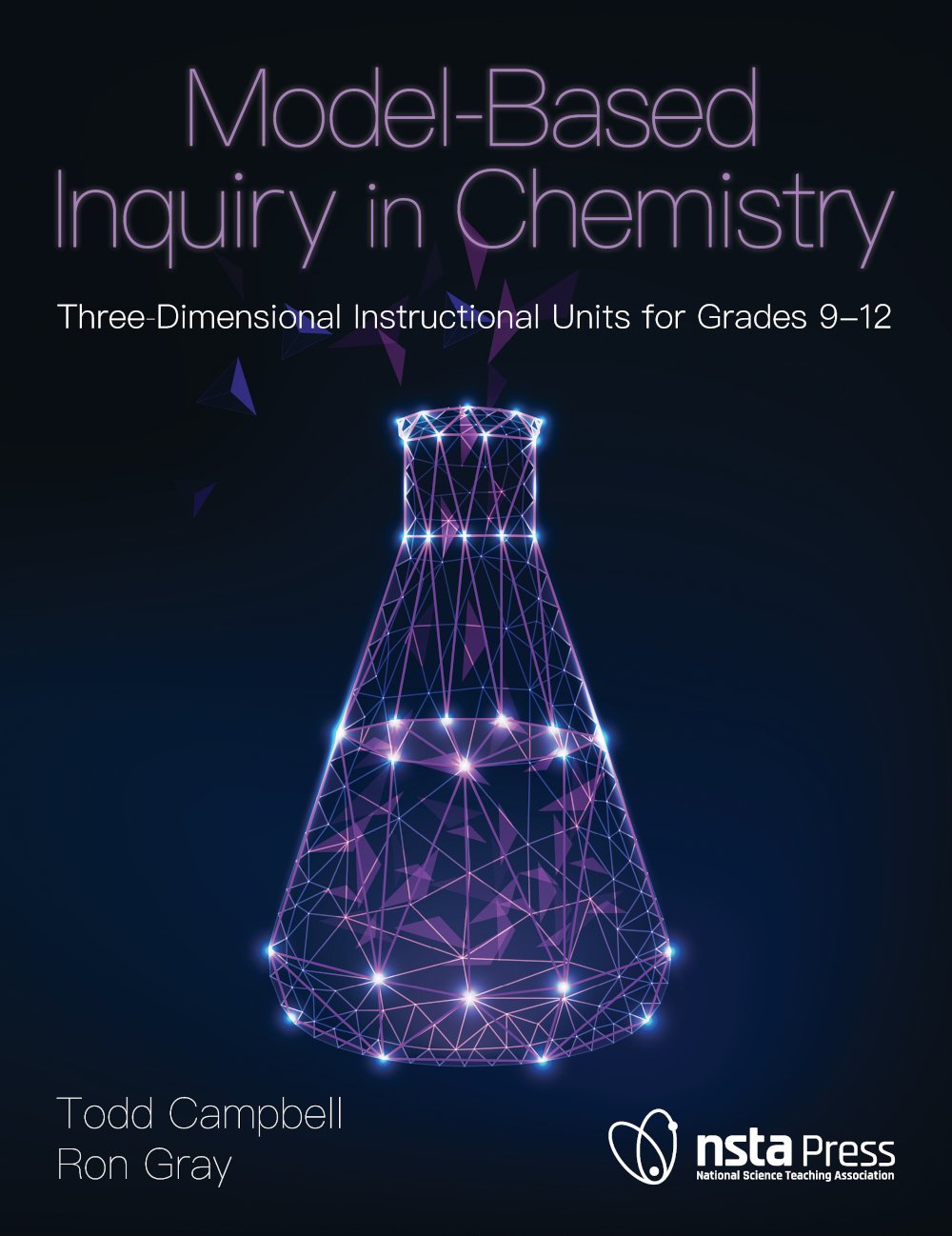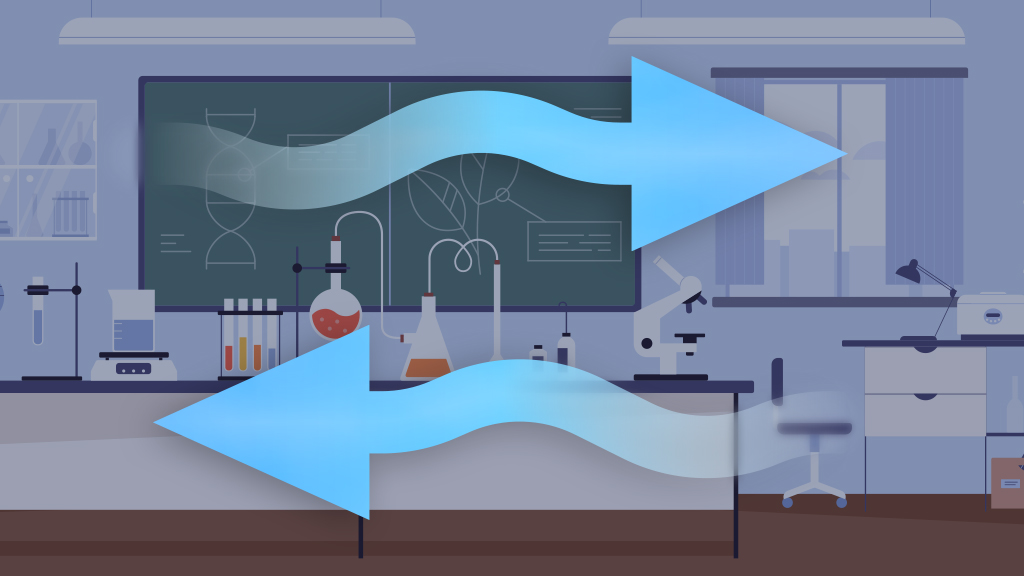Archive: Teacher Tip Tuesday: Making the Shift: How Schools Successfully Implemented OpenSciEd, August 5, 2025
Shifting to a new science curriculum is no small feat, but schools across the country are doing it successfully with OpenSciEd and seeing real results. Join us for Making the Shift, a practical and inspiring web seminar designed for school and district leaders, instructional coaches, and educators navigating the journey of science curriculum transformation.
Shifting to a new science curriculum is no small feat, but schools across the country are doing it successfully with OpenSciEd and seeing real results. Join us for Making the Shift, a practical and inspiring web seminar designed for school and district leaders, instructional coaches, and educators navigating the journey of science curriculum transformation.
Shifting to a new science curriculum is no small feat, but schools across the country are doing it successfully with OpenSciEd and seeing real results. Join us for Making the Shift, a practical and inspiring web seminar designed for school and district leaders, instructional coaches, and educators navigating the journey of science curriculum transformation.
Shifting to a new science curriculum is no small feat, but schools across the country are doing it successfully with OpenSciEd and seeing real results. Join us for Making the Shift, a practical and inspiring web seminar designed for school and district leaders, instructional coaches, and educators navigating the journey of science curriculum transformation.
Shifting to a new science curriculum is no small feat, but schools across the country are doing it successfully with OpenSciEd and seeing real results. Join us for Making the Shift, a practical and inspiring web seminar designed for school and district leaders, instructional coaches, and educators navigating the journey of science curriculum transformation.




 Join the authors of Model-Based Inquiry in Chemistry (MBI) for an engaging webinar as they introduce their NSTA book, which includes a collection of instructional units and resources designed to support three-dimensional learning through model-based inquiry.
Join the authors of Model-Based Inquiry in Chemistry (MBI) for an engaging webinar as they introduce their NSTA book, which includes a collection of instructional units and resources designed to support three-dimensional learning through model-based inquiry.
